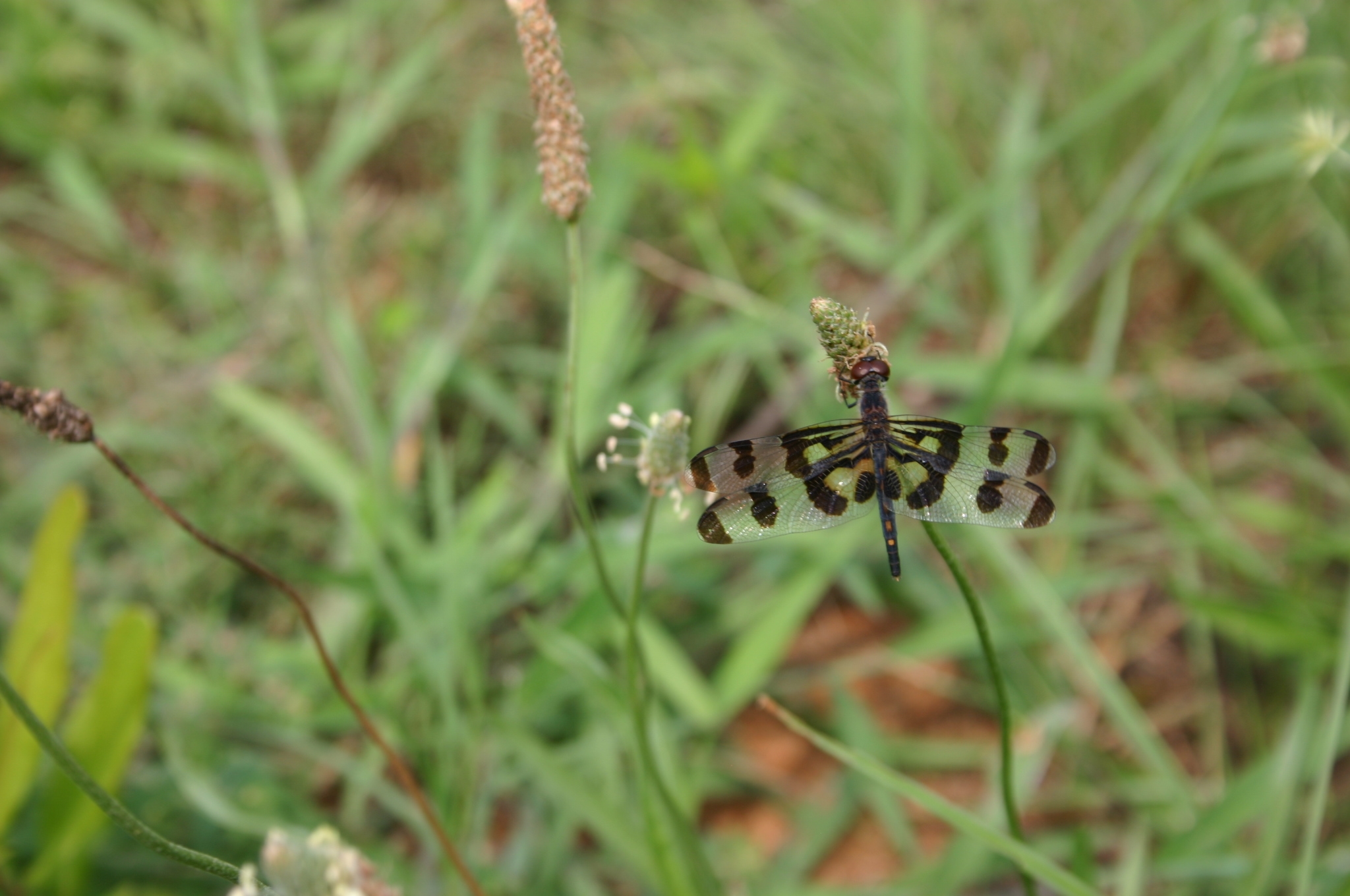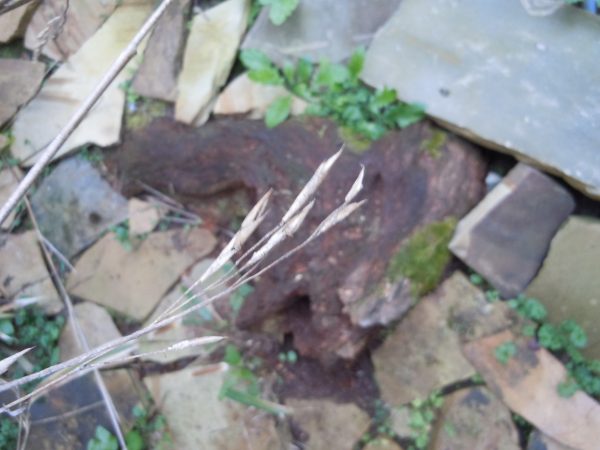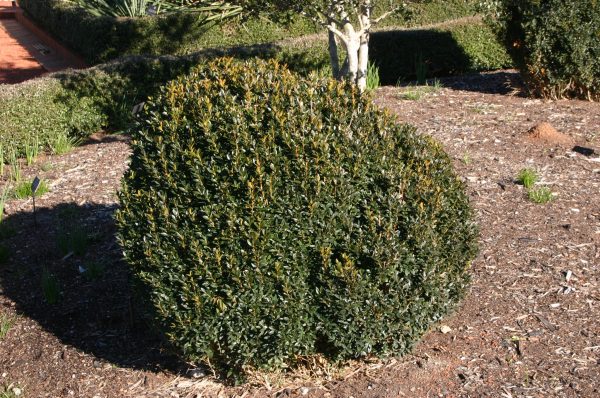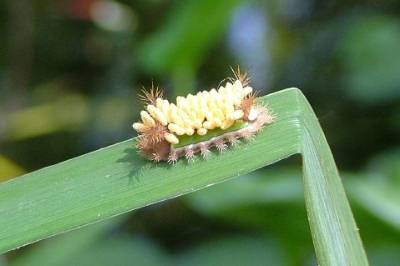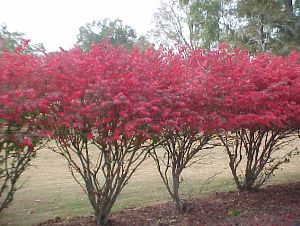Dragonfly – Raising
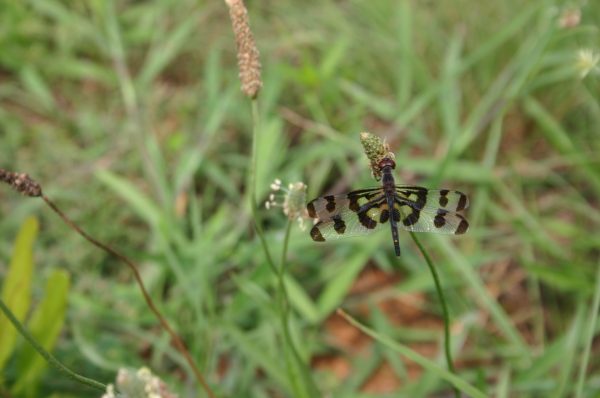
Q: I am interested in introducing dragonflies into a three acre wetland area on my property to assist with mosquito control. Does this seem feasible, and if so, where do I turn for information on obtaining larvae?
A: This promises to be a banner year for the mosquito-borne West Nile virus, so I’m glad to see that you are thinking about mosquito control now. Dragonflies do play a role in controlling the mosquito population. Dragonfly nymphs, which live underwater, prey upon mosquito larvae. Adult dragonflies eat adult mosquitoes – perhaps hundreds per day. This behavior has earned them the nickname of “mosquito hawk”.
Regarding dragonflies, the phrase “If you build it, they will come” is moot. If you have a wetland area, plenty of dragonflies are already there. To my knowledge you can not purchase nymphs.
These fascinating insects are members of the scientific order Odonata. That makes you an odonatist: “a person who is interested in dragonflies and damselflies”.
Although the two are similar, damselflies are smaller than dragonflies. In addition, damselflies can fold their wings over their backs when they are at rest. Dragonflies can’t fold their wings, so they rest with their wings held straight out.
There is an international dragonfly society, which studies and promotes this world-renowned creature. If your wetlands has mucky areas, some tall plants on which the insects can rest, plus numerous gnats and mosquitoes you already have an orgy of odonata on your property!
You can buy the nymphs from Carolina Biological.


